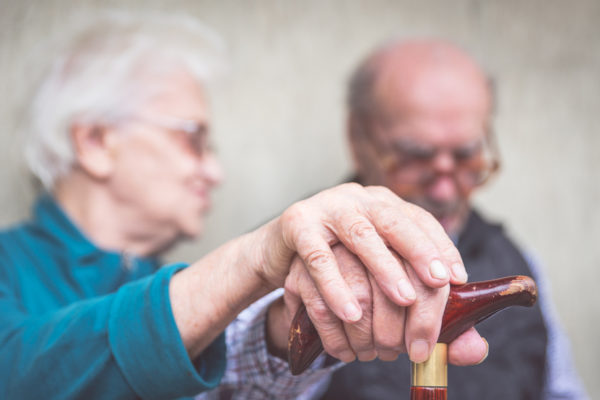Every day in communities in Texas and across the country, many people go without the health care that the rest of us take for granted.
Individuals in low-income communities, often rural areas or inner cities, face numerous challenges to getting their needs met: longer wait times for appointments, farther distances to providers, difficulty understanding treatment plans for a variety of chronic conditions, and struggling to pay medical and pharmacy costs.
In addition, as access to Medicaid and clinic appointments becomes more digitized, ethnic minority communities are often intimidated by expanded choices or skeptical about unfamiliar approaches and fail to connect with these resources.
This presents a quandary for health care providers: How do you provide responsive, preventive and low-cost care to people who face so many significant challenges?
One way that should get more attention is to use a resource already embedded in neighborhoods: community health workers. They are frontline public health workers who have a close understanding of the community they serve and their “fingers on the pulse” of their neighbors, having navigated the same socioeconomic and cultural barriers.
This trusting relationship enables them to serve as liaisons or “bridges” by connecting the community with health and social services to facilitate access and improve the quality and cultural competence of service delivery.
Historically, the needs of underserved communities haven’t been part of the health delivery system. However, community health workers have assisted their neighbors through education and counseling, with positive results.
A recent study in the Journal of the American Medical Association showed that these health workers helped lower hospital readmissions among low-income patients from 40% to 15%.
Clearly, including community health workers on collaborative intervention health teams is critical to public health, but how best to do it?
Except for a few instances, hospitals have not enlisted the input of community health workers when working with low-income or minority patients.
Some health professionals are concerned about blurring the lines of health care provision. But, as the value that they provide by helping to close cultural, socioeconomic and language gaps becomes more evident, these concerns will probably fade.
Furthermore, municipality leaders, who increasingly want to enhance the middle skill workforce and keep unemployment rates low, need look no further than their local communities to find willing workers. Through funding community health workers’ education and job placement, mayors across Texas and the nation can grow healthier and safer cities and neighborhoods.
To achieve this, we need to form collaborative partnerships with agencies, policymakers and researchers dedicated to transforming health care.
Through training and adequate support, community health workers will be empowered to implement their skills using mobile technology equipped with applications to provide point-of-care education, procedural aids, multiple language communications and patient assessments, all of which can reduce hospital admissions and lower costs.
Unlocking the potential in the community health workforce will provide many benefits not only to underserved individuals who struggle to access health care, but also to the community at large.
Health care delivery systems and agencies can benefit from the skills, community knowledge and cultural competency that they possess to better connect with those at risk for poor health outcomes.
Public and private payers may see reductions in health care spending, while community health workers benefit from standardized professional training and better compensation.
Because a community is only as healthy as its sickest member, we must improve health care access and affordability. By tapping into workers on the front lines and providing them with standardized skills, education and certification, we can transform health care and health outcomes for all of our neighbors.
Miyong Kim is a professor and the associate vice president for community health engagement in the School of Nursing at The University of Texas at Austin.
A version of this op-ed appeared in the San Antonio Express News, Austin American Statesman and Amarillo Globe News.




